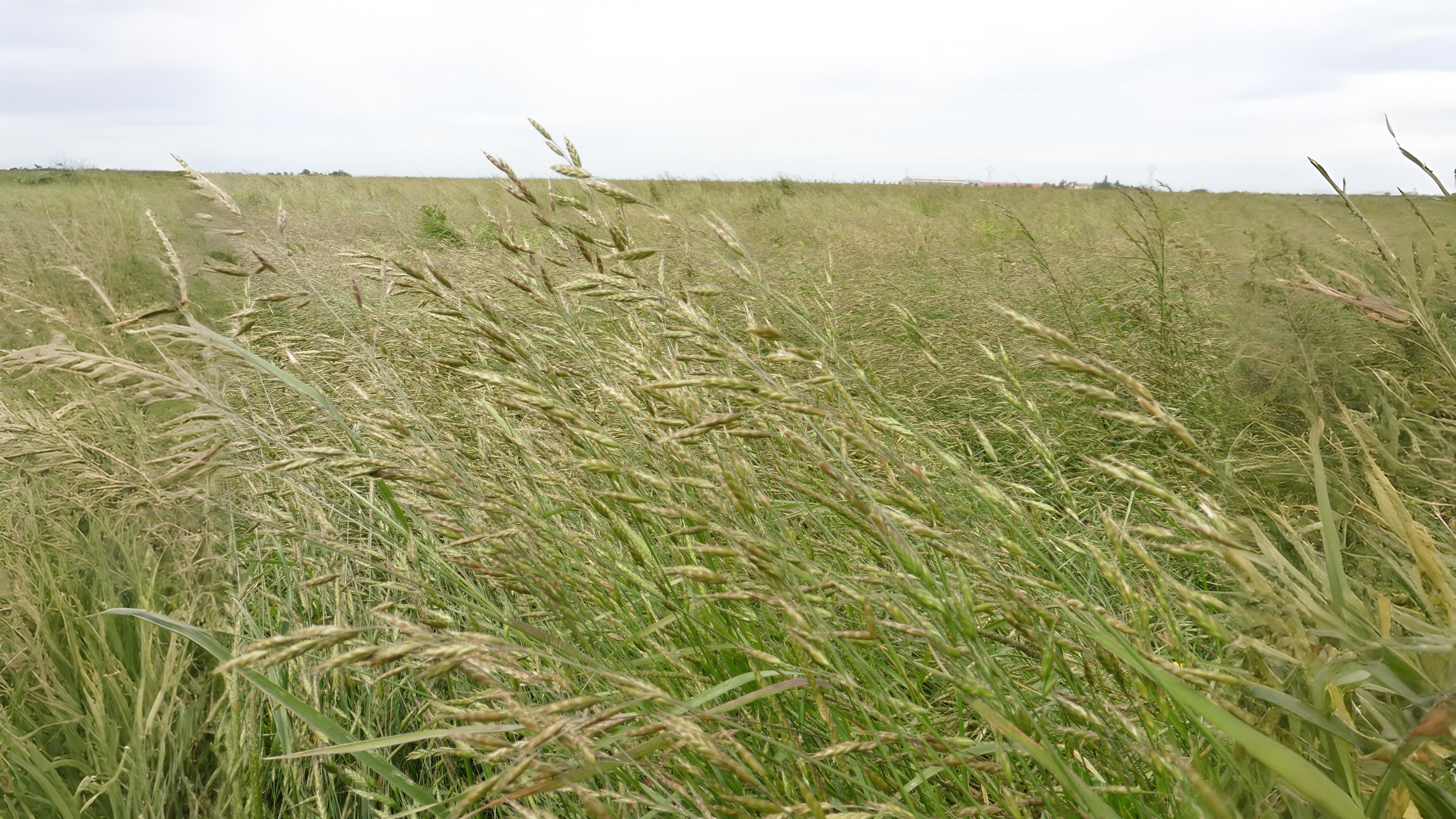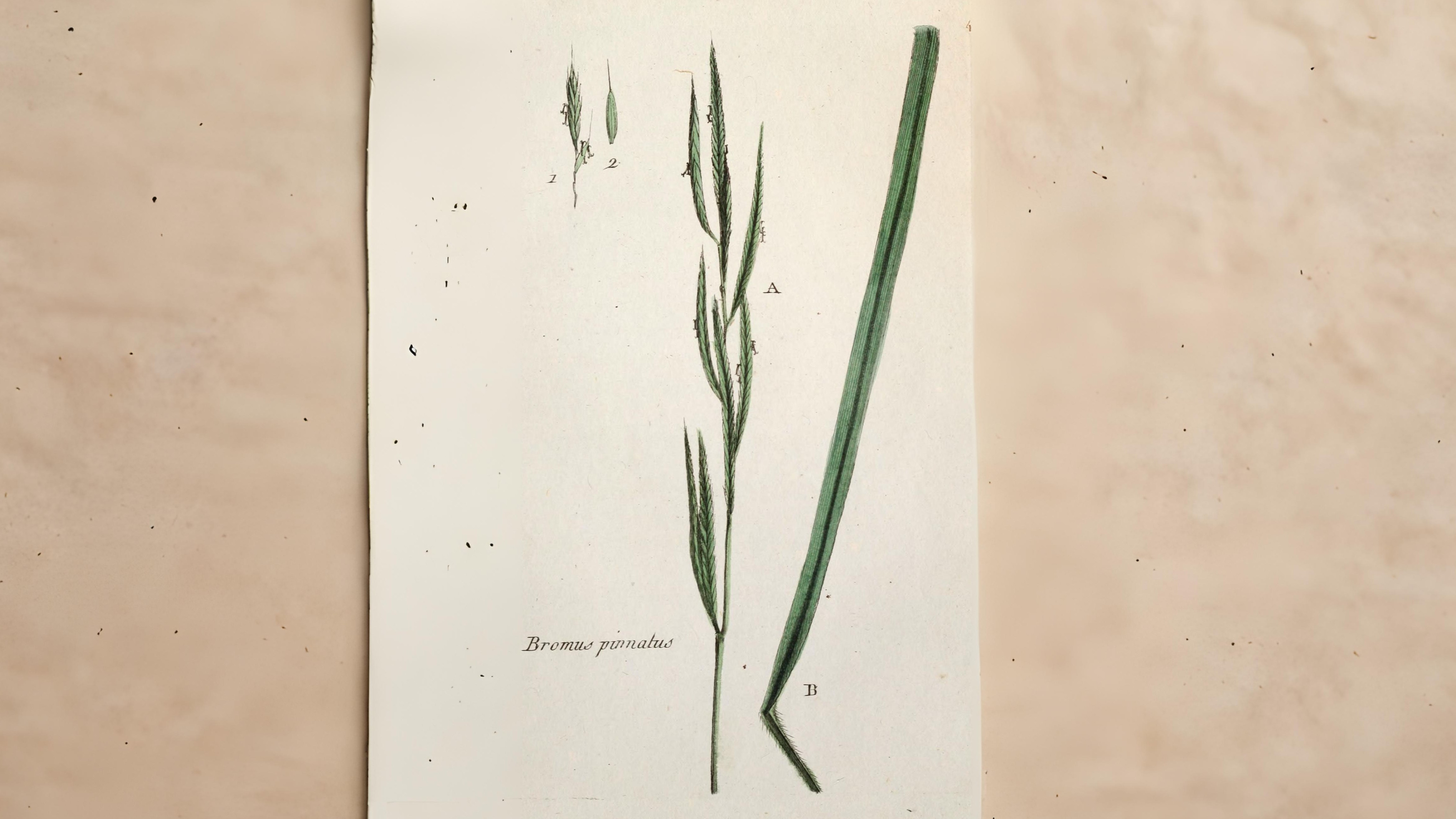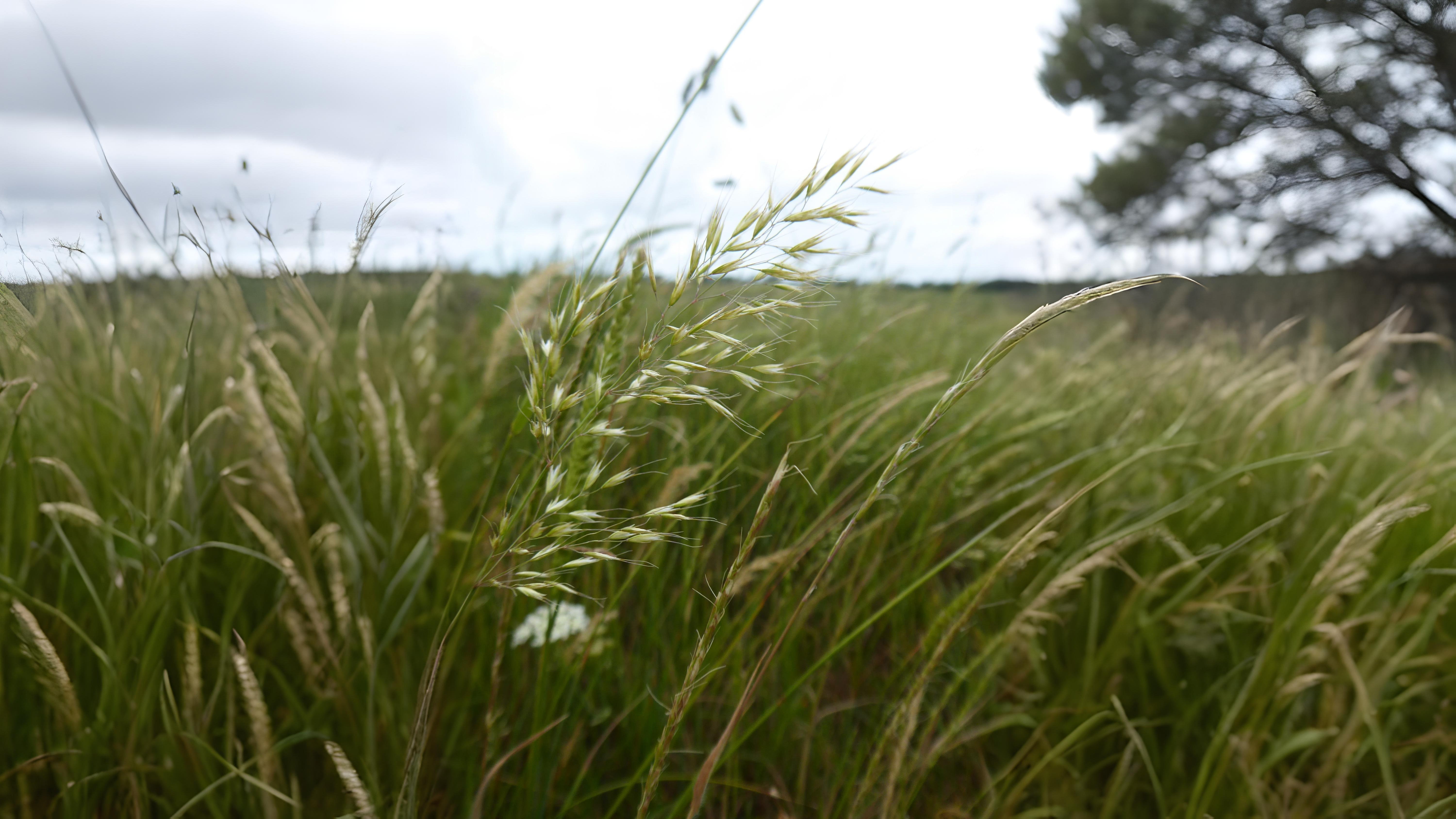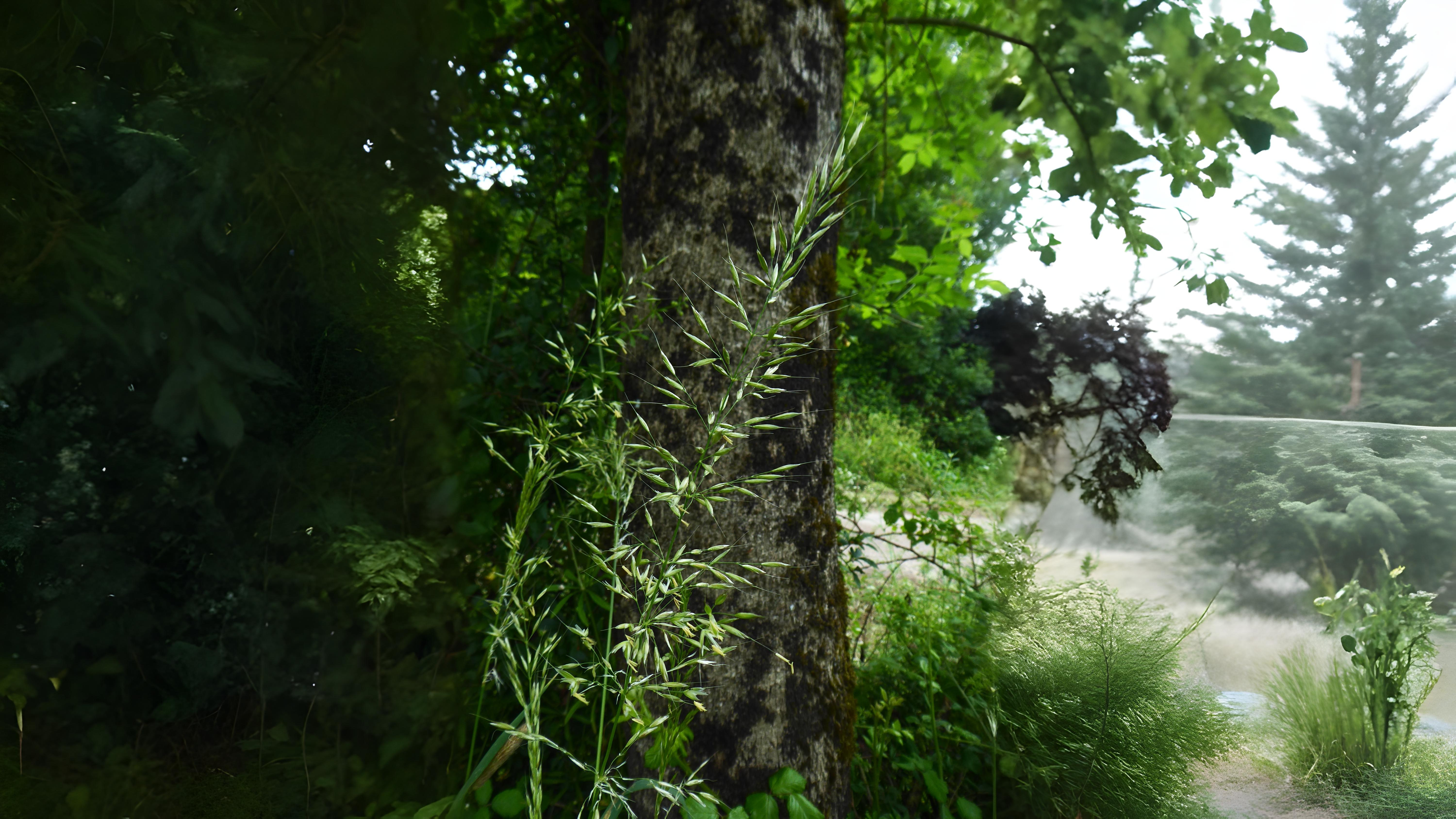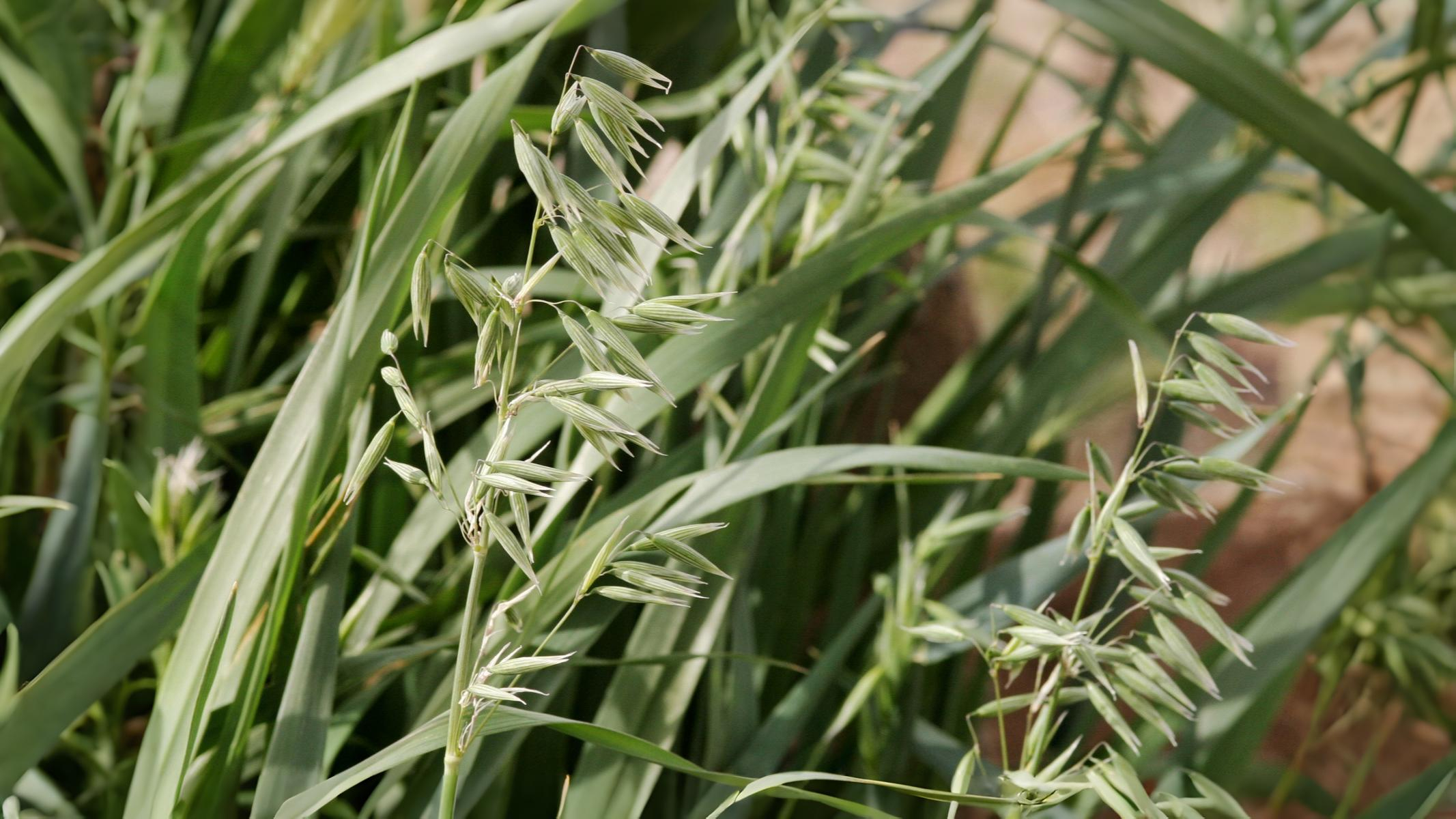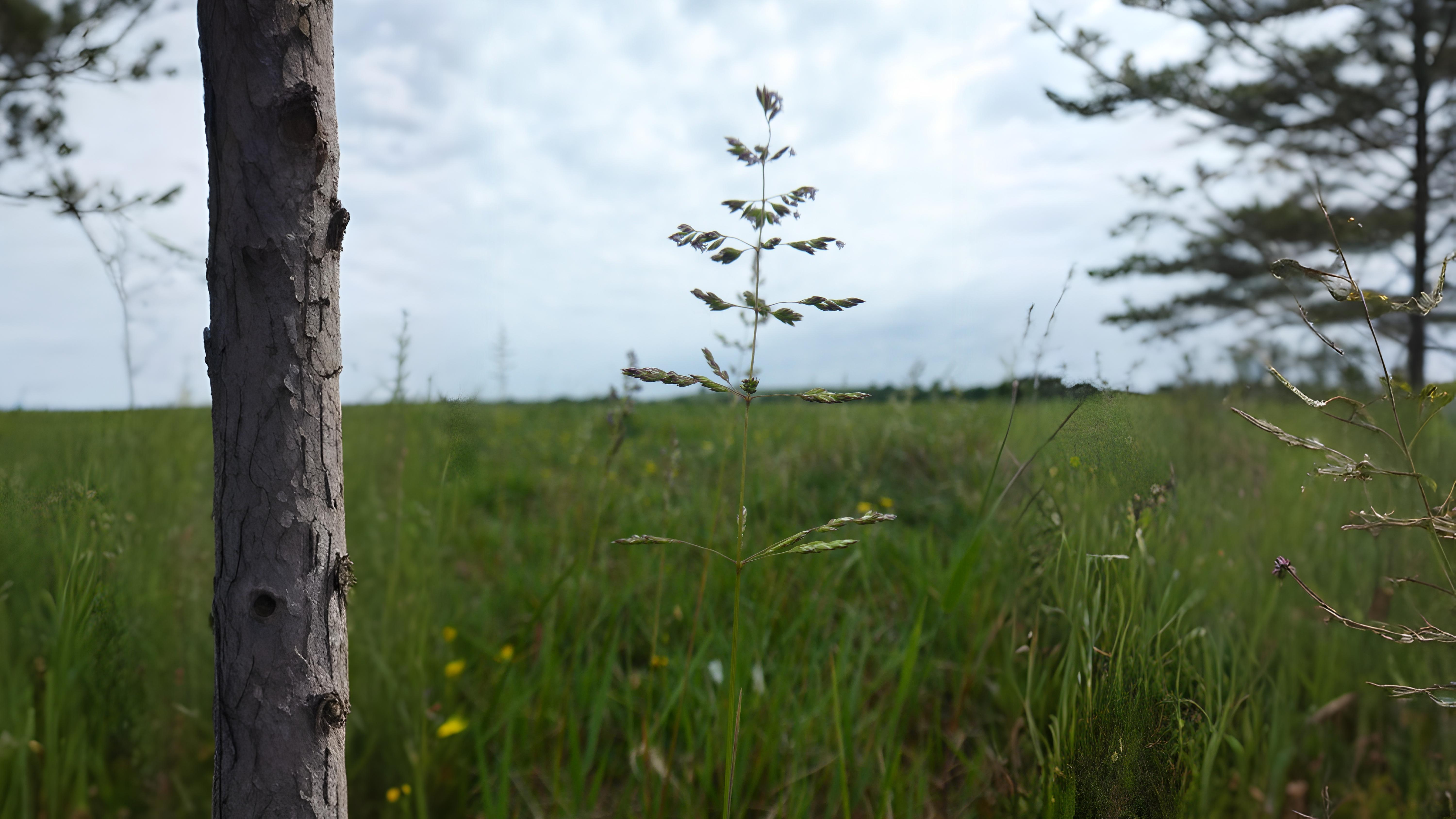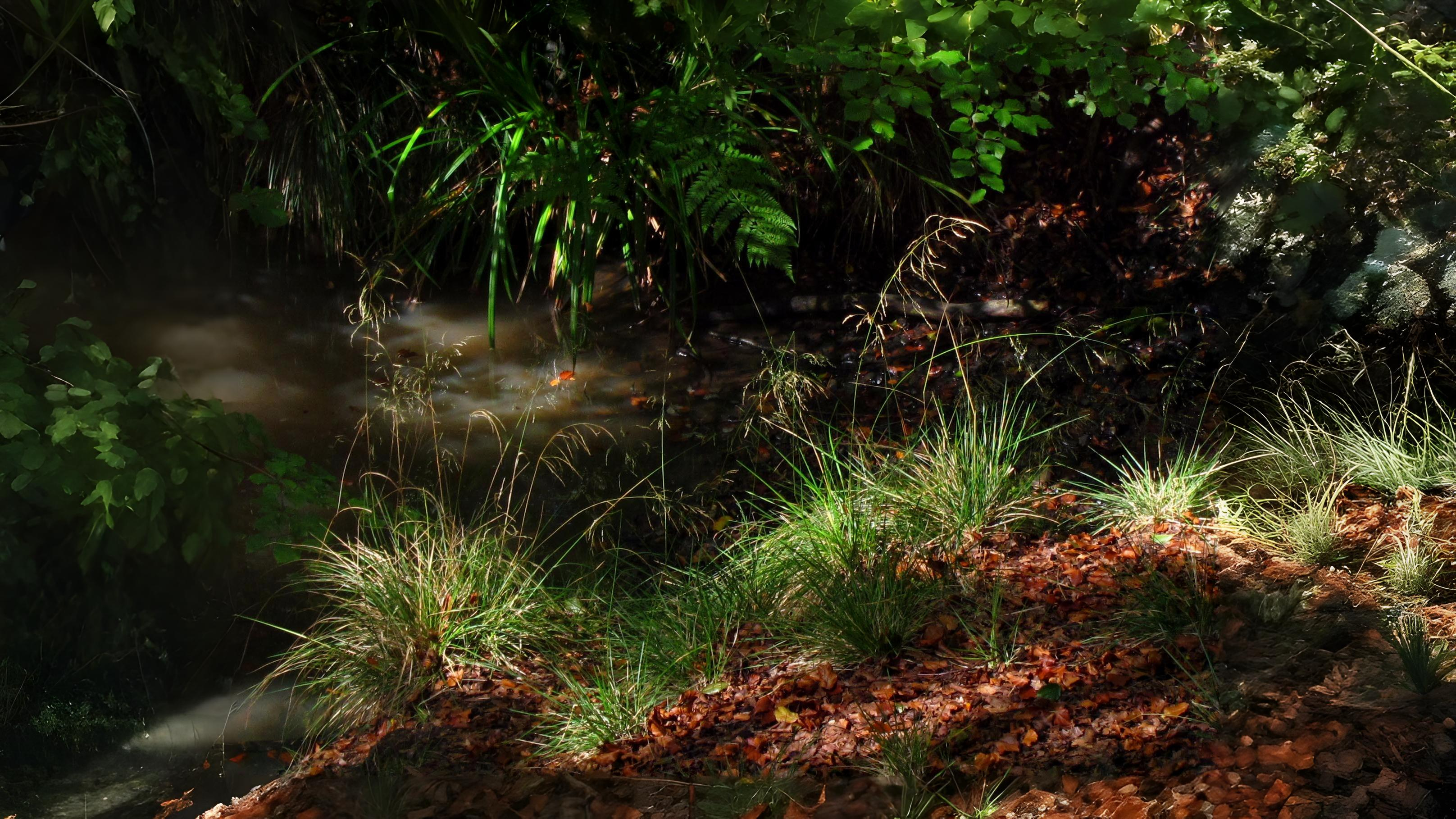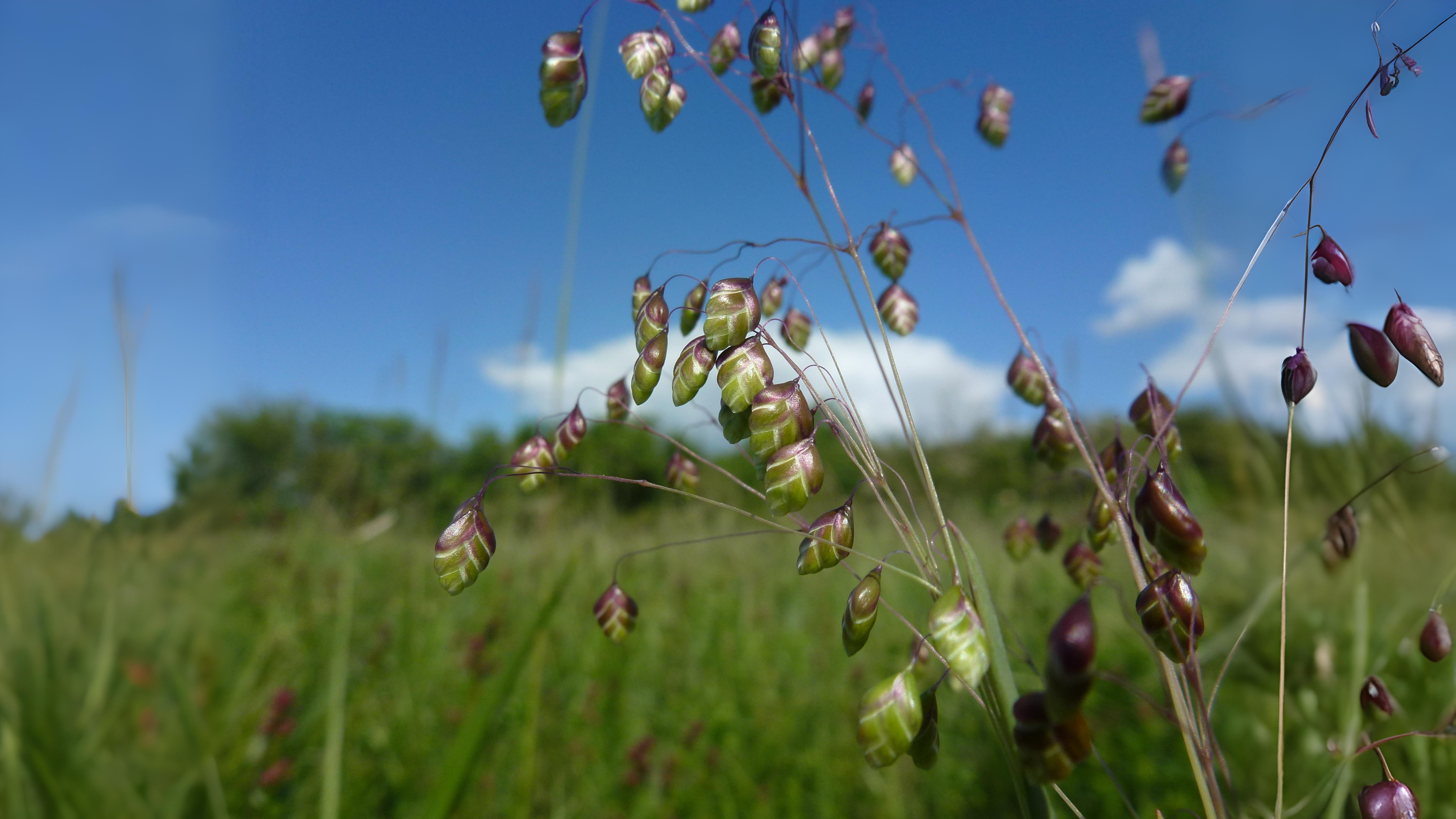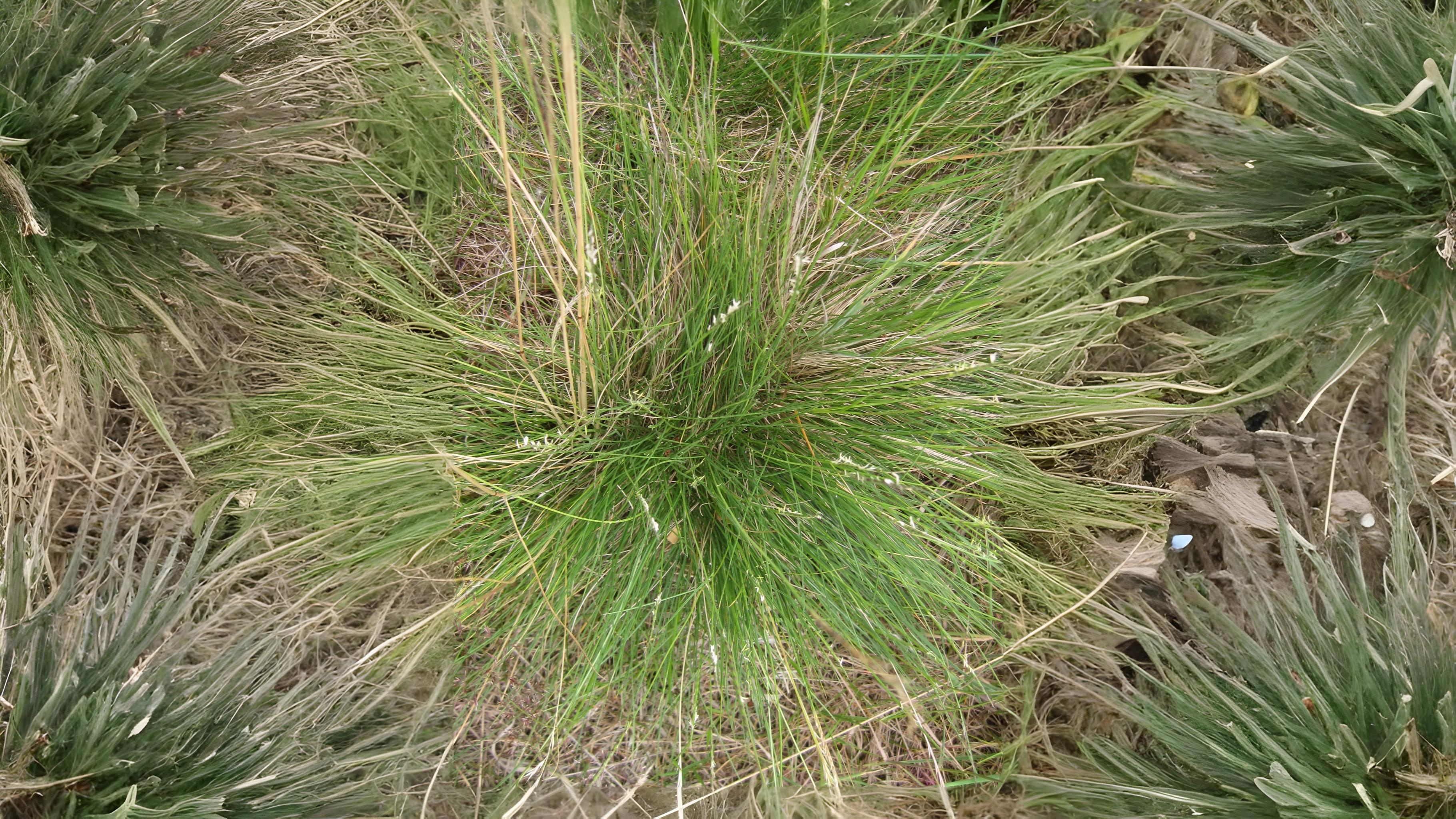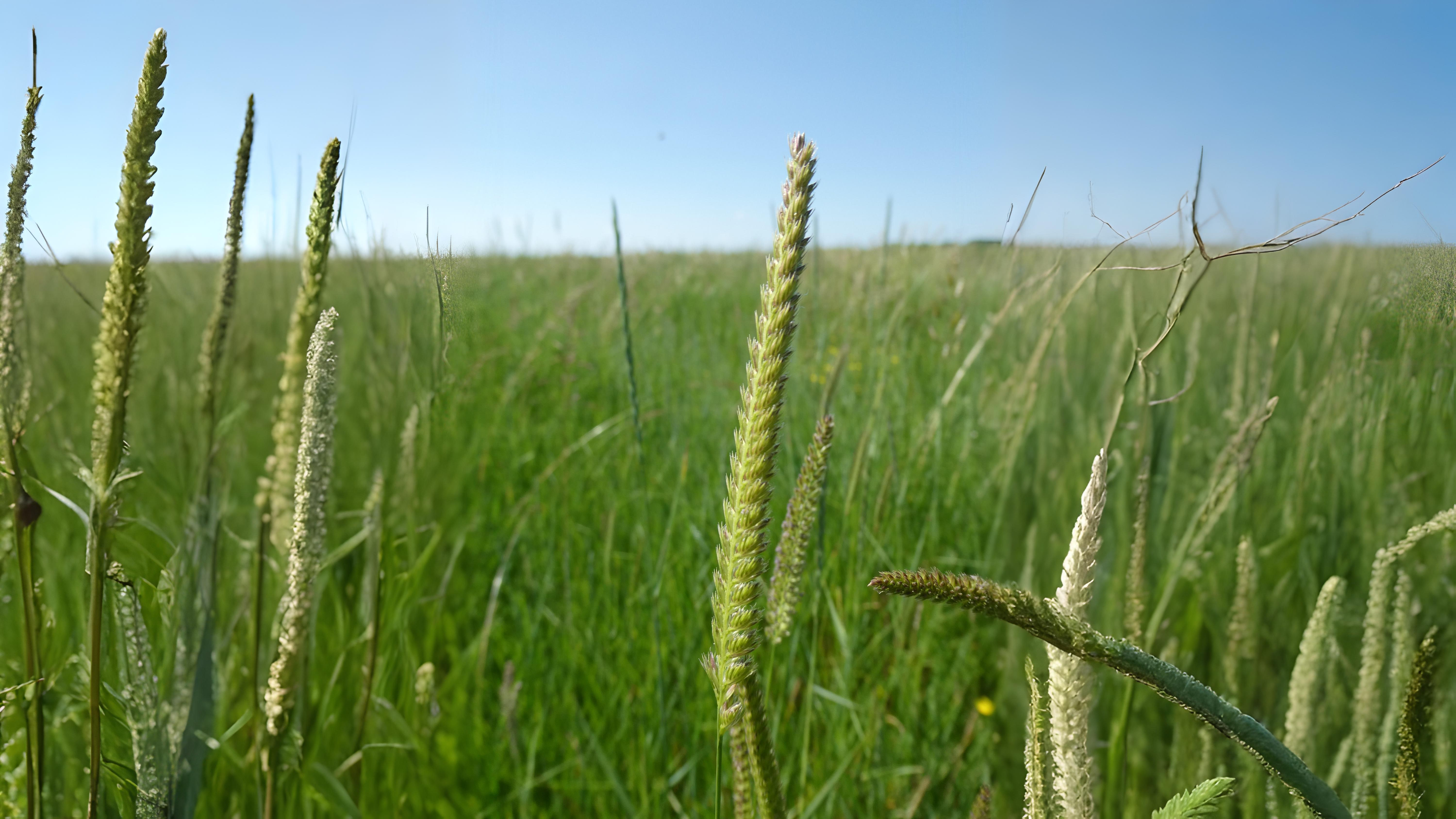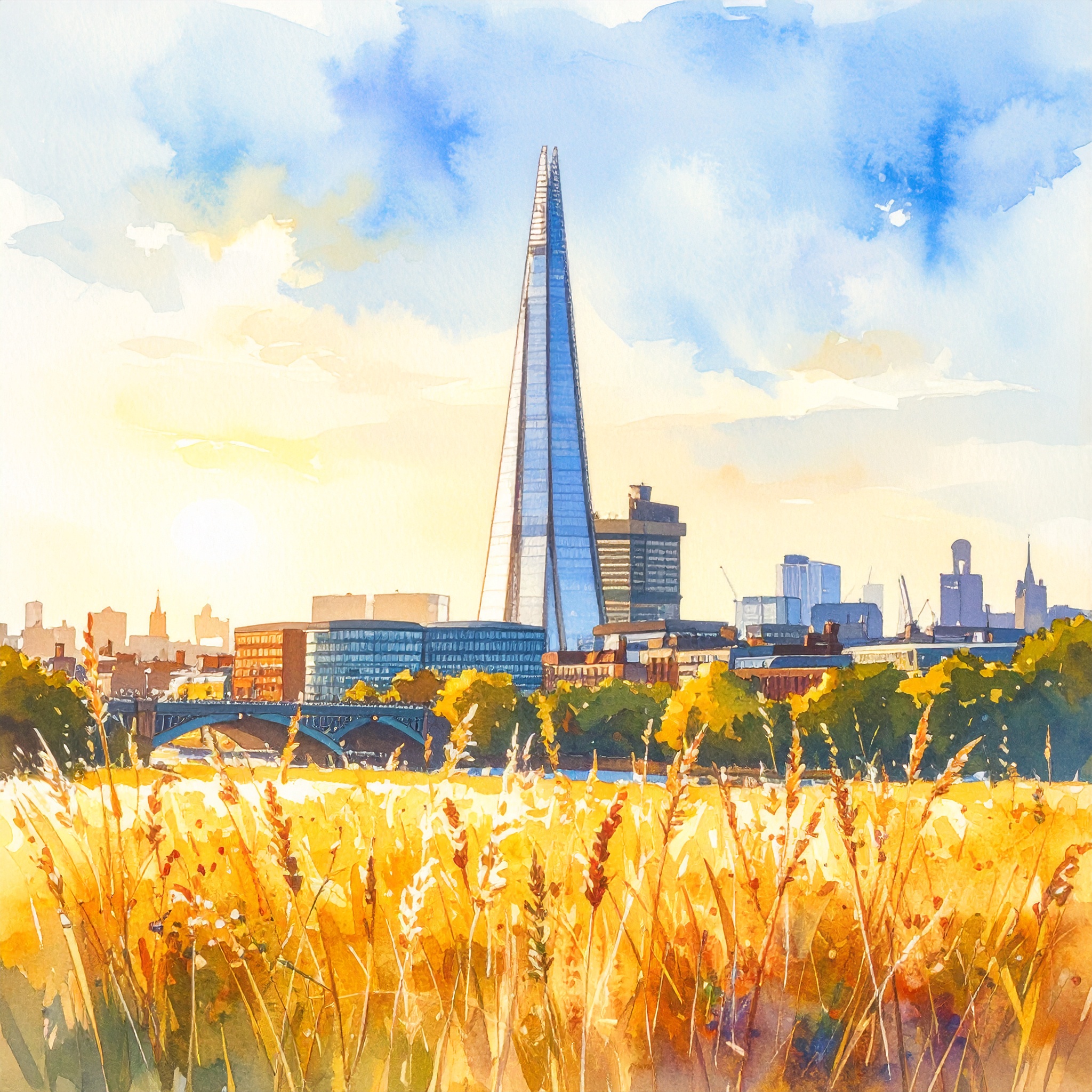
This month, London’s meadows, woodlands, and riverbanks come alive with the subtle beauty of grasses—from quivering Quaking Grass to towering False Oat. But there’s more to discover. Return on 11 July to uncover the secrets of foxtails, bromes, and rare mountain invaders like Mat Grass, and learn why some species shiver in the breeze while others stand stiff as soldiers. Don’t miss nature’s most overlooked masterpiece!
Foxtails and Cat’s-tails are among the easiest to recognise due to their dense, often cylindrical, compacted flowerheads. The most commonly noticed so far is likely to be the Meadow Foxtail Alopecurus pratensis which came into flower in April and may well be going over by now.
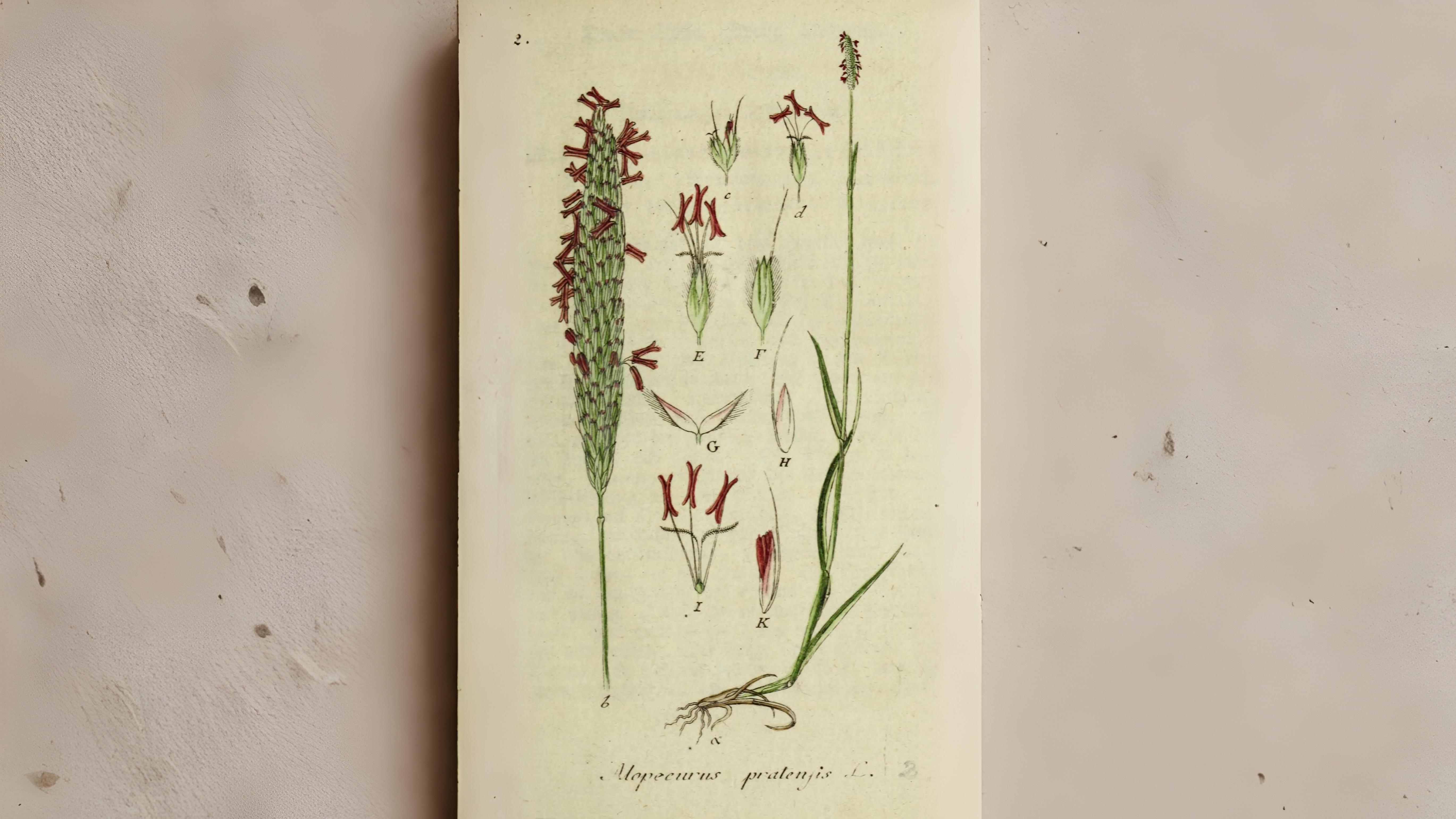

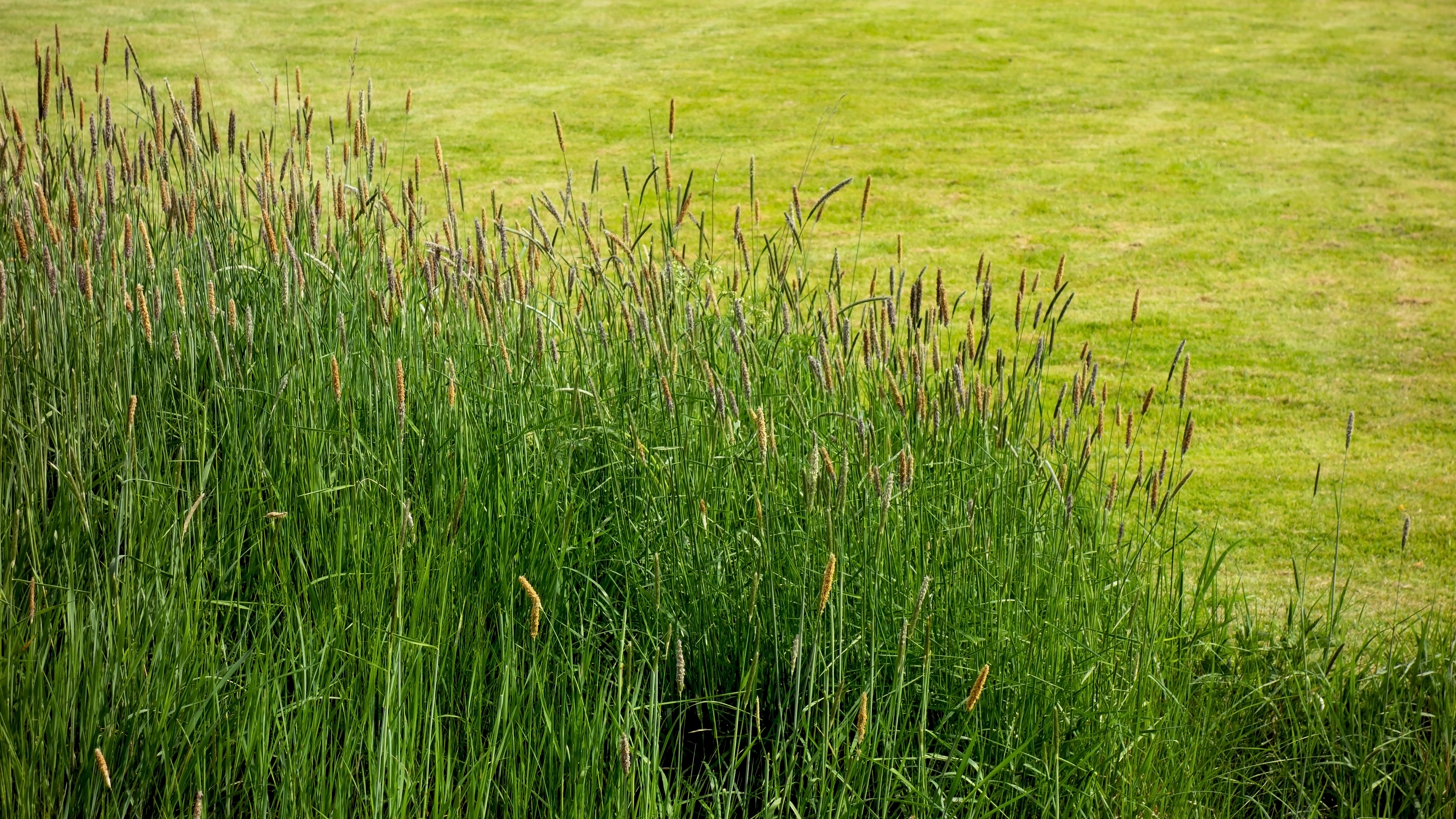

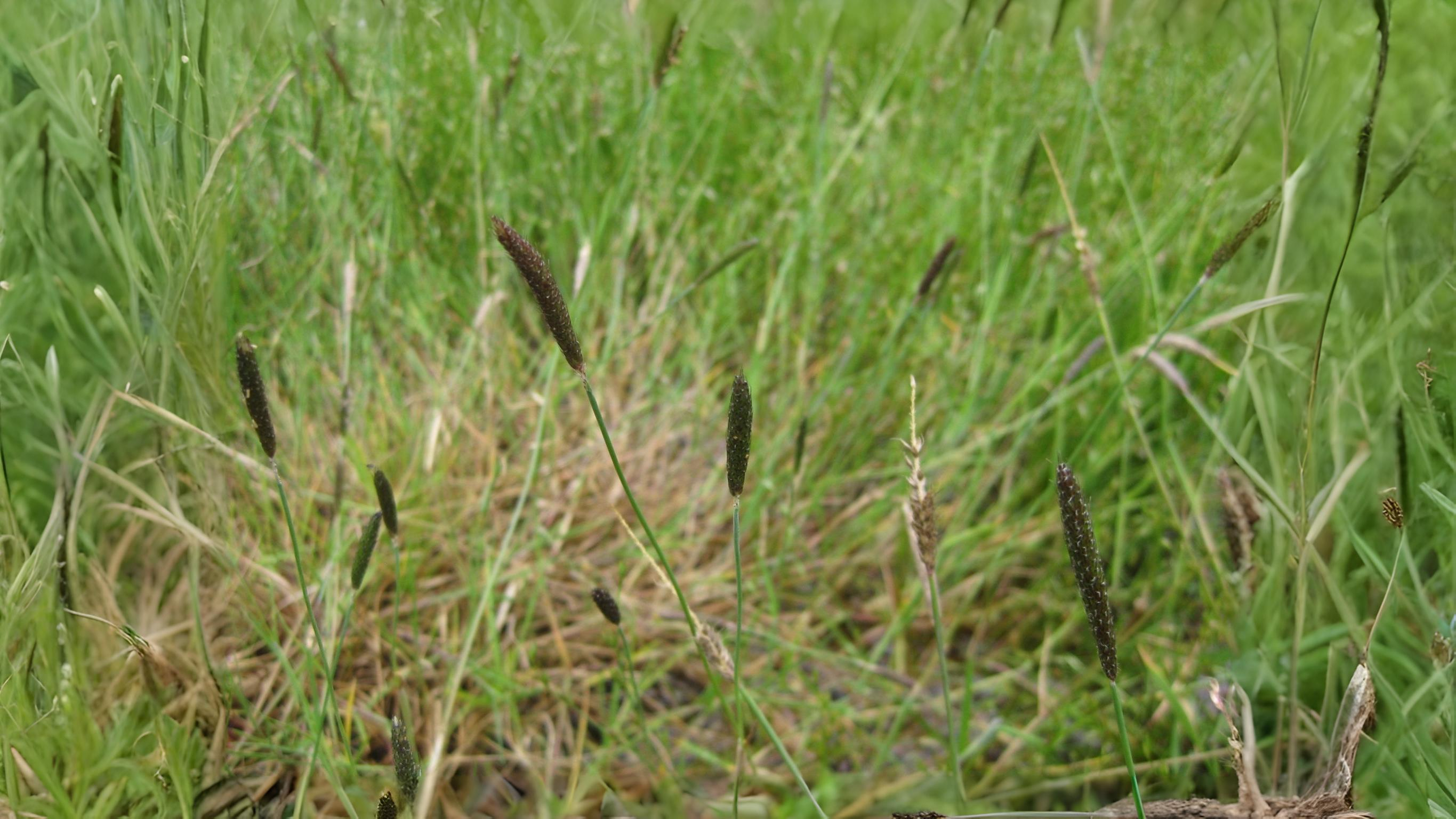

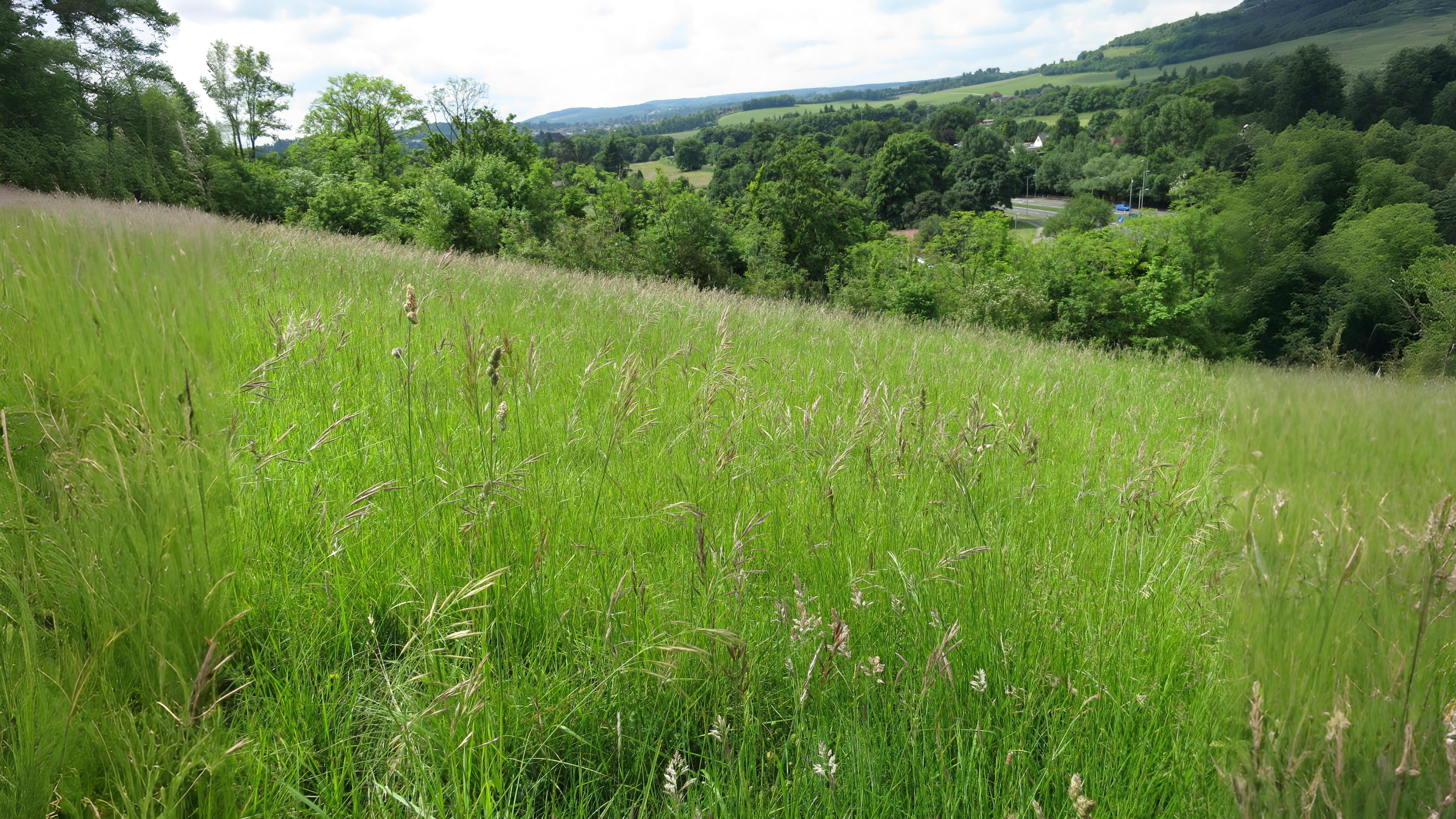

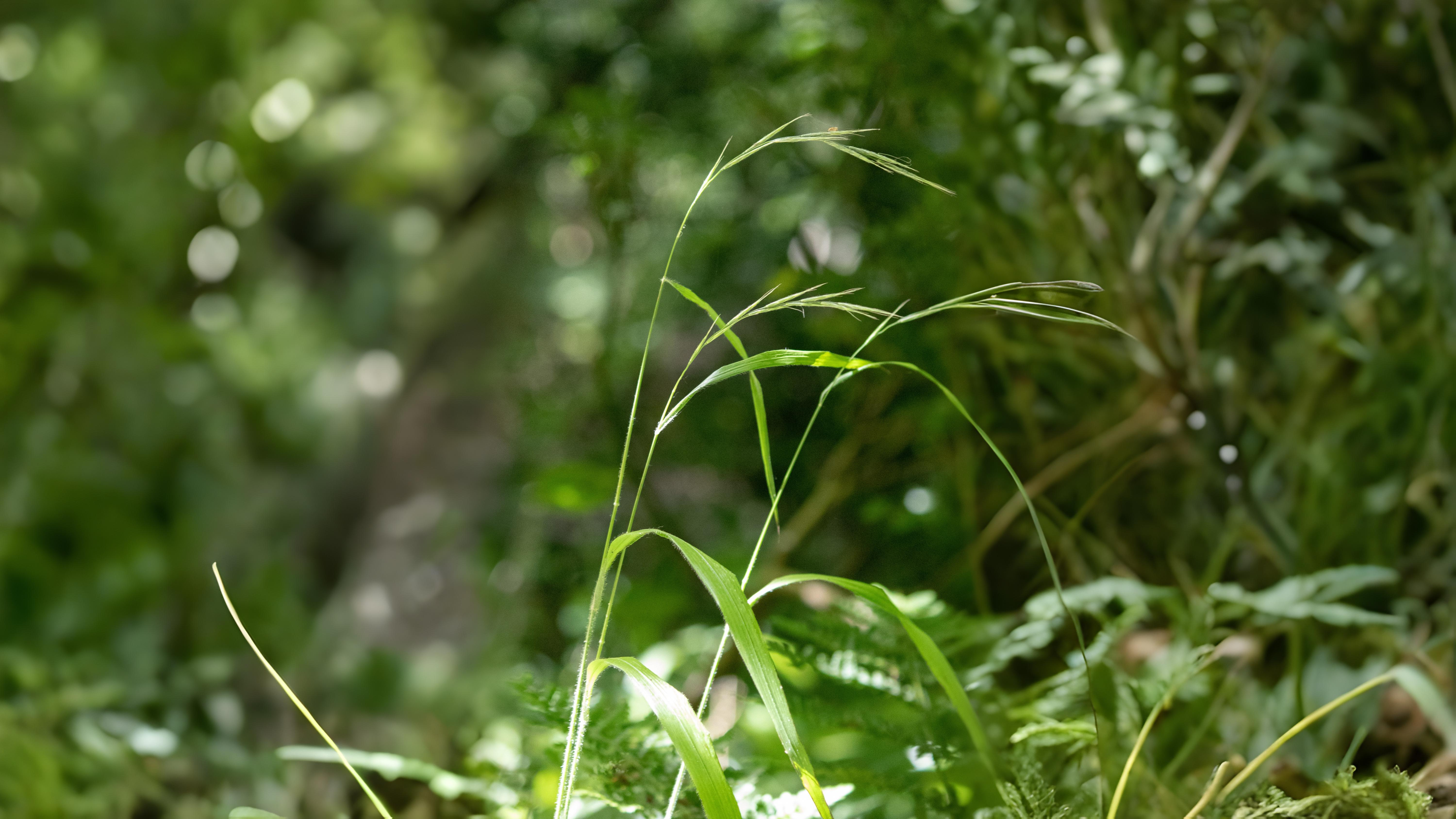

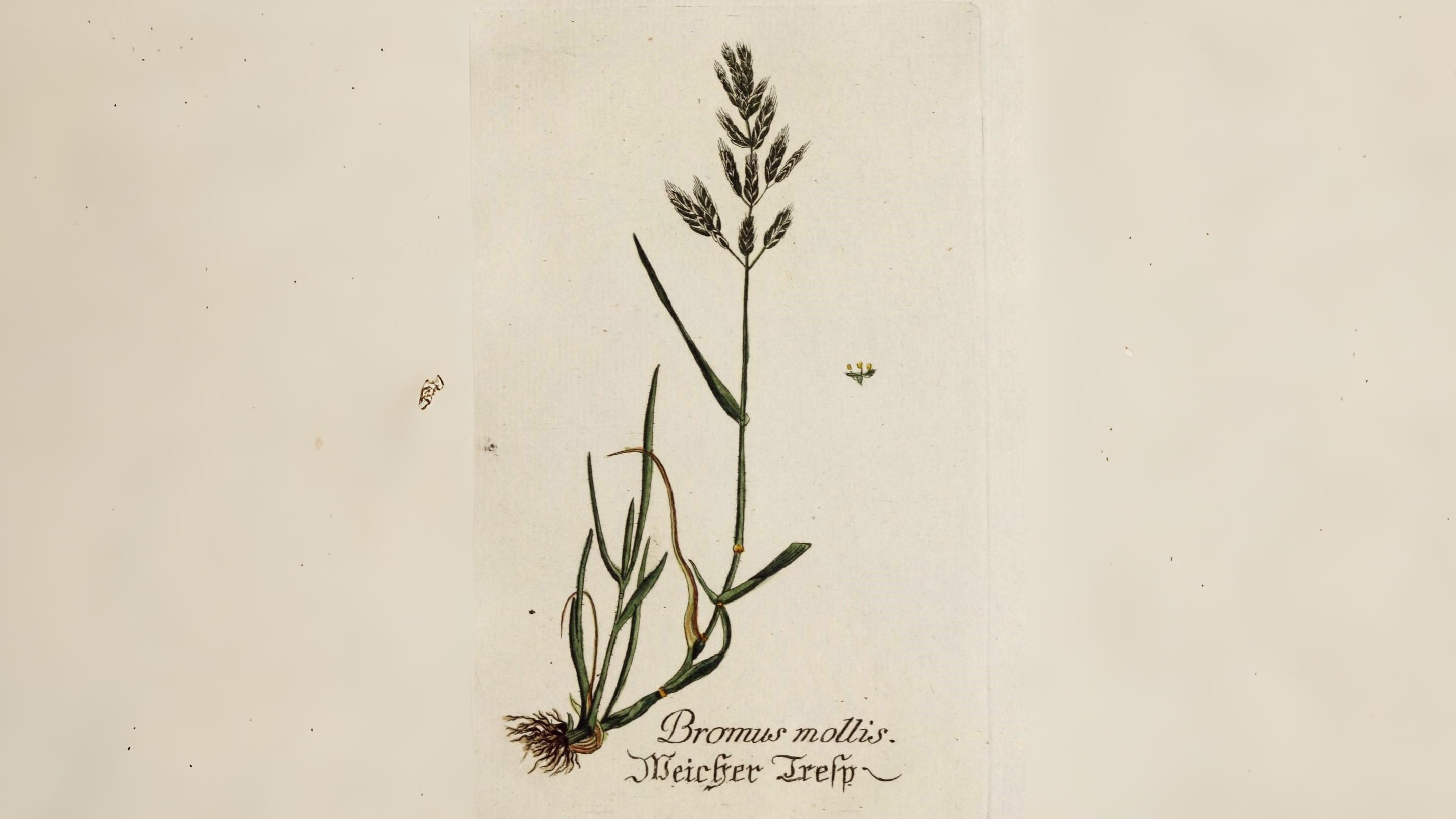

False bromes Brachypodium spp. although very similar to true bromes tend to hold their spikelets closer to their stems. Two found in London are the Wood False brome Brachypodium sylvaticum and the Chalk False brome B. pinnatum, also called Tor grass. The first is found in woods and has leaves with a strong white central nerve to help identify it and the second is a grass of chalk downland with spikelets that all tend to point in the same direction.
